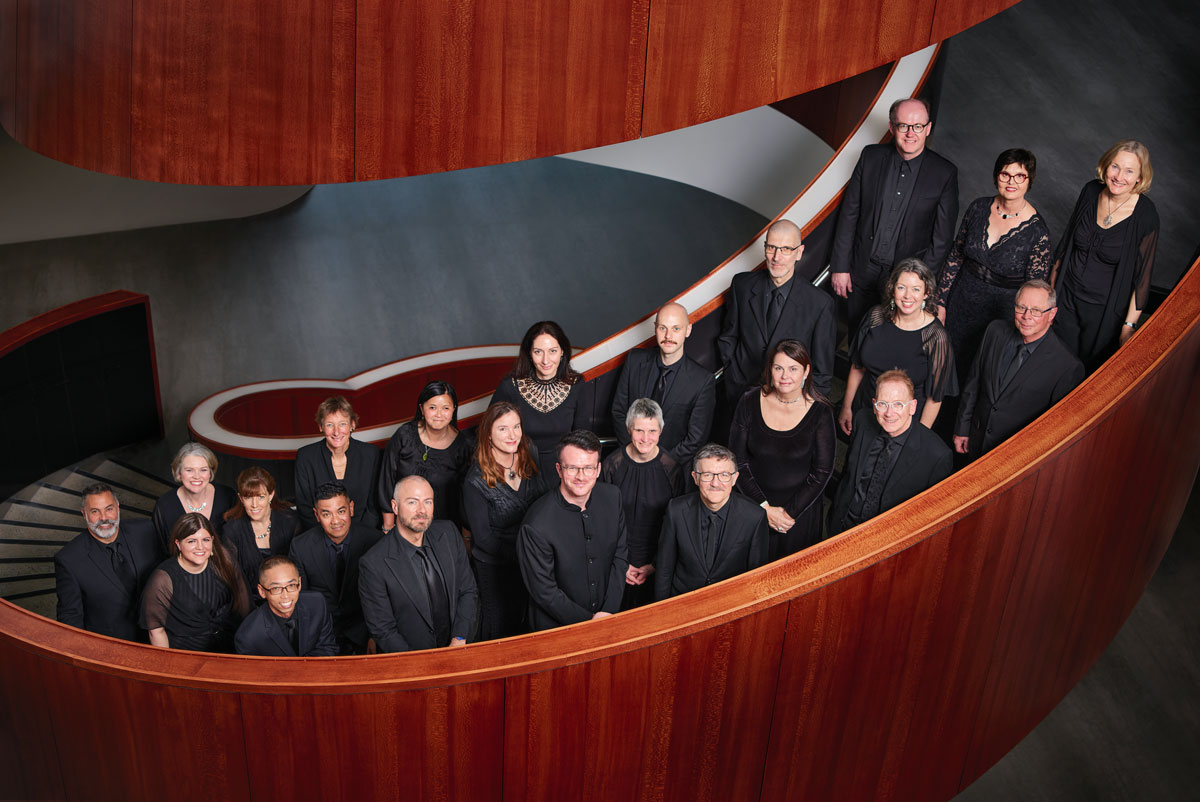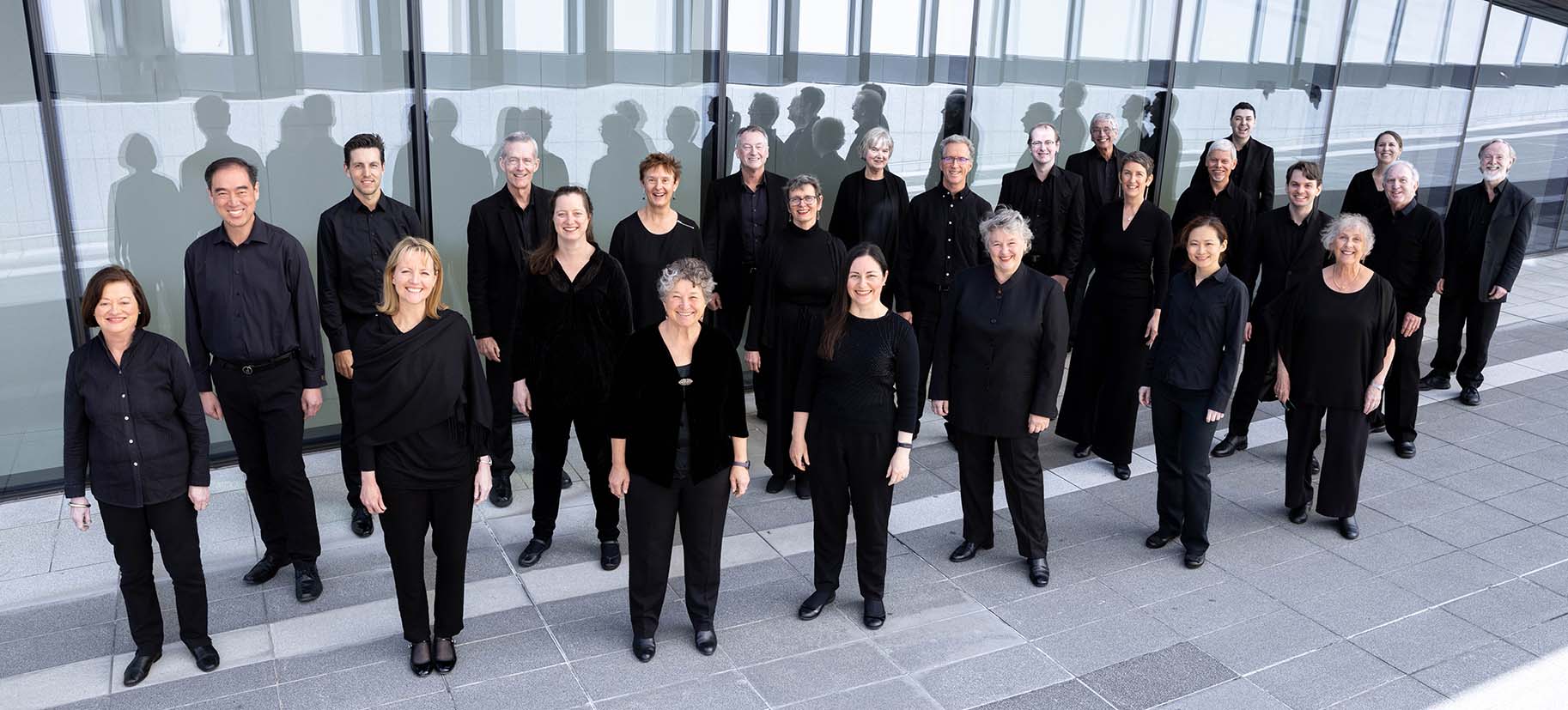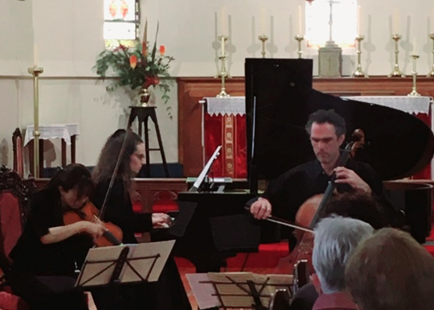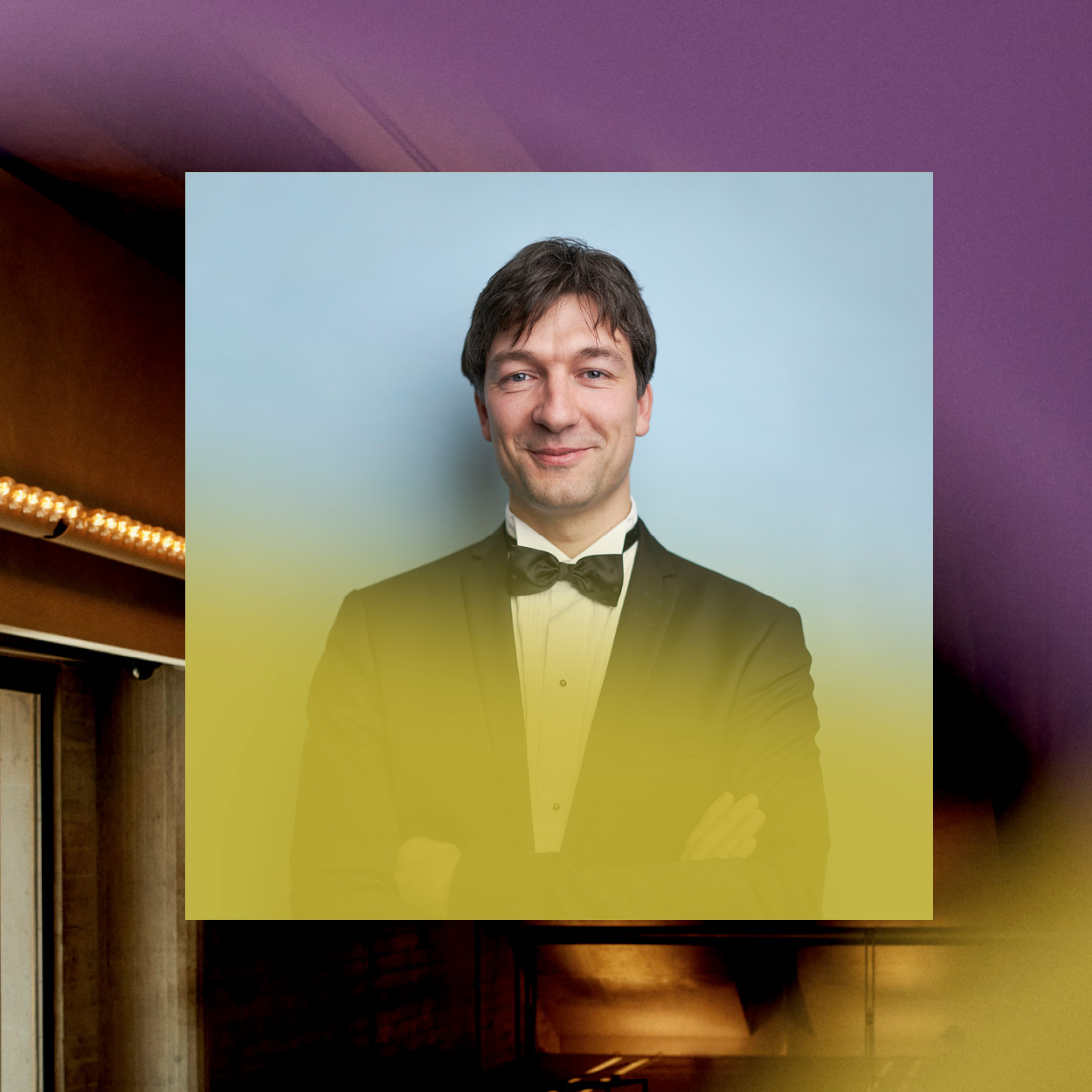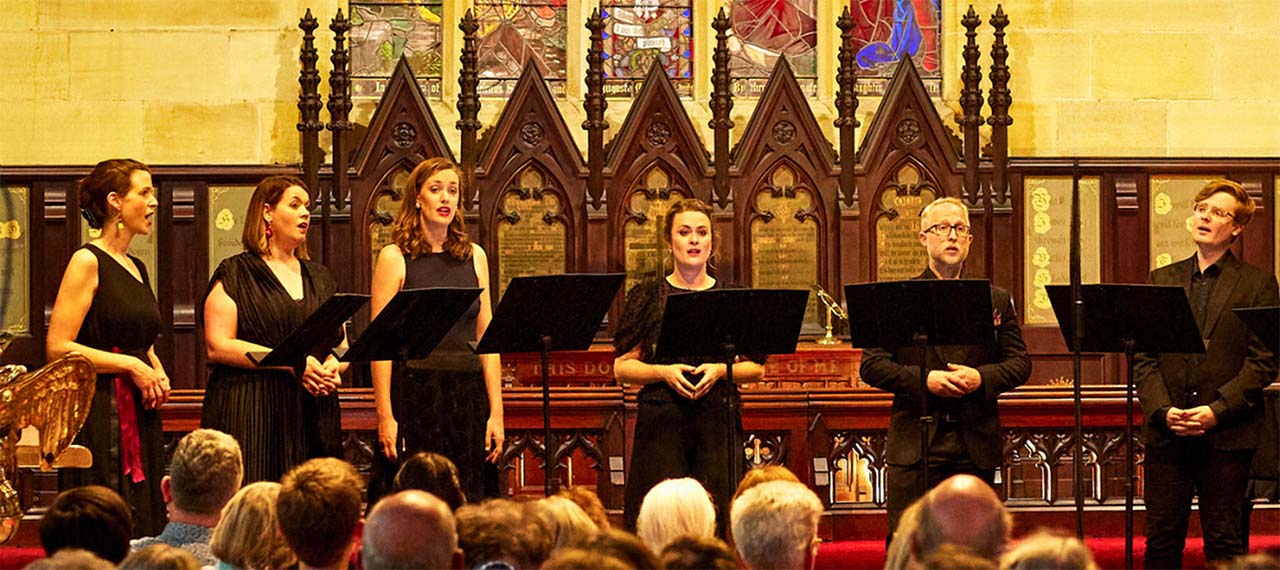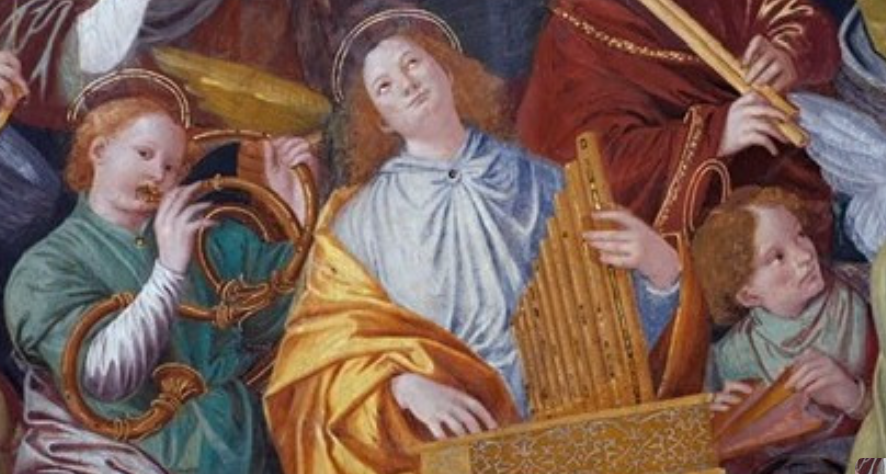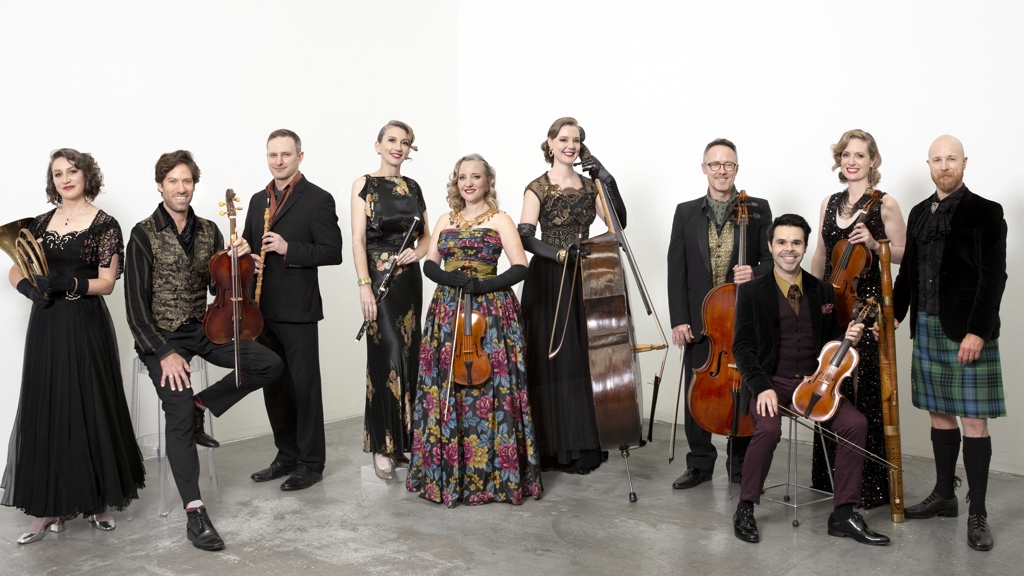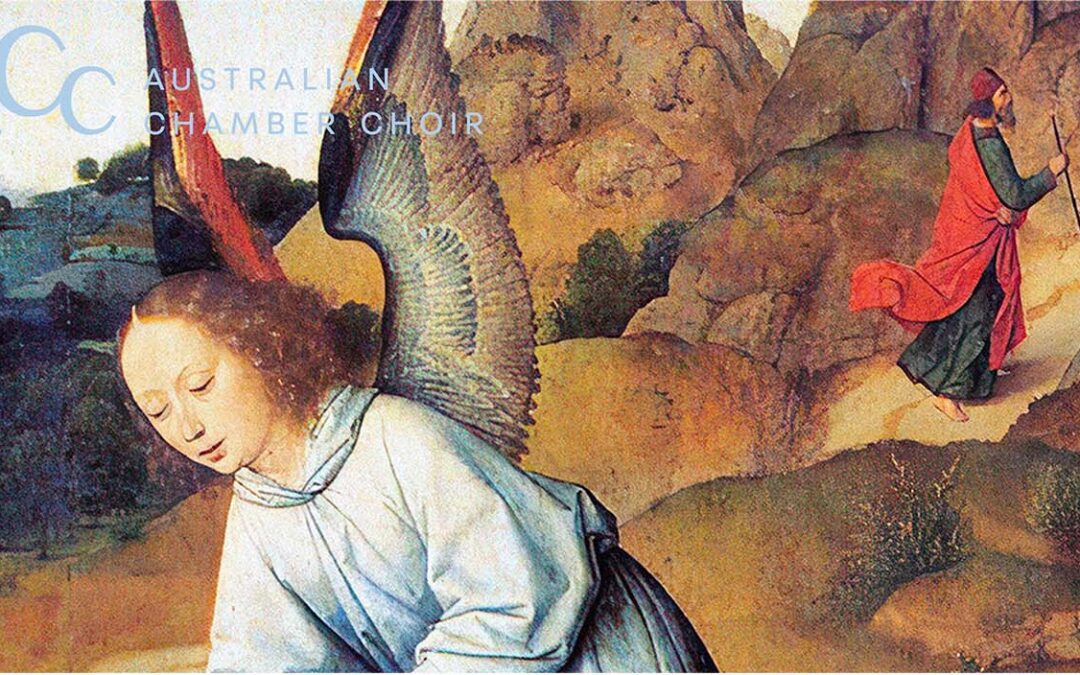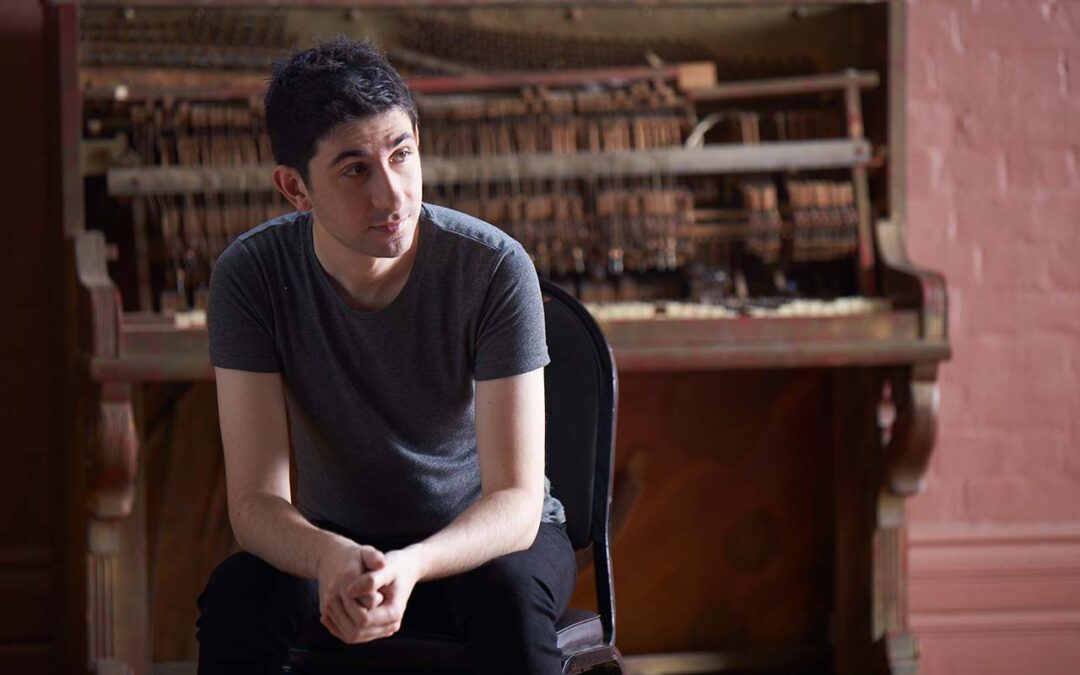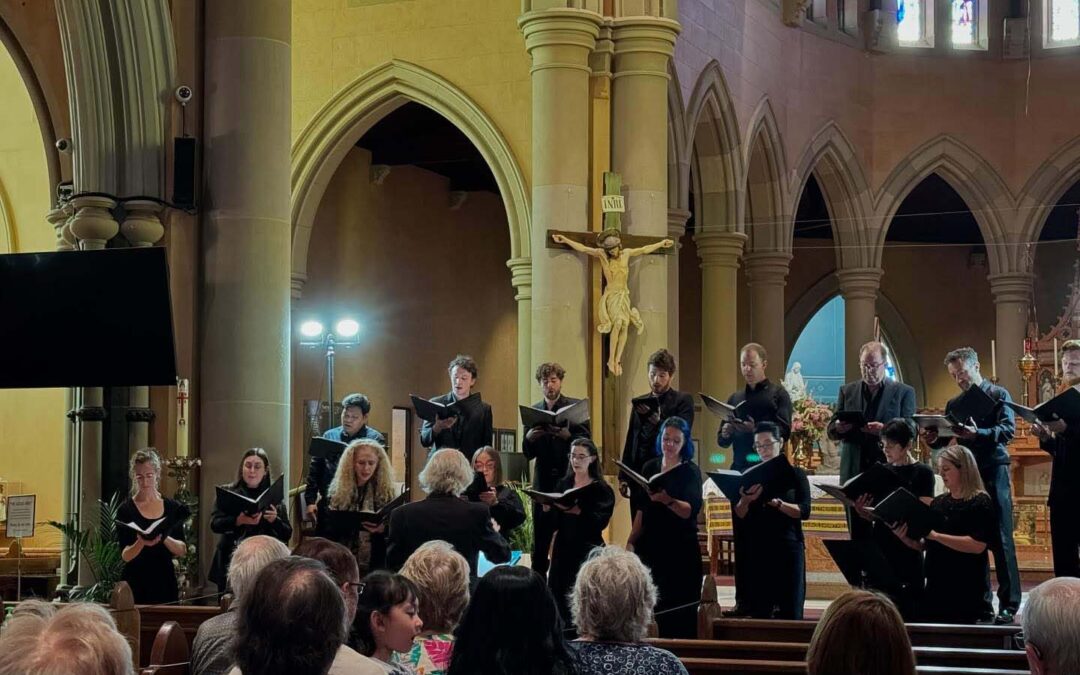Why is it that the sound of the Goldner String Quartet is so distinctive? Certainly there is their perfect timing and intonation but there is more than that. I feel sure that I could pick their playing from ten recordings of top quartets just as 80 years ago one could identify the Amadeus quartet even on vinyl. Perhaps the key is the 23 years that they have been playing together which gives that magic touch. Undoubtedly their tone is helped by the quality of their instruments – Dene Olding plays a Guarnerius violin from 1720, Dimity Hall a Nicolò Gagliano violin circa 1760, Irina Morozova plays a viola made by A E Smith of Sydney in 1947, while Julian Smiles bows a Lorenzo Ventapane cello from 1827.
The Sydney Mozart Society put on an imaginative programme at their home base in Chatswood to a house packed to the rafters. Haydn officially wrote sixty-eight string quartets although the authorship of some is contested; ten of these have over the years acquired nicknames, most of which would probably make the composer turn in his grave. Op. 50 no. 5 is one of the six Prussian Quartets which are thought to be a token of gratitude for those of Mozart dedicated to “Papa”. The manuscripts of three of these quartets, thought to be lost, amazingly turned up in Australia and were presented to the conductor Christopher Hogwood during Melbourne’s 1982 Haydn Festival.
The first movement starts with a spritely theme with the violins in tandem, later engaging in conversations with the viola and cello. It’s the slow movement which gives rise to the nickname “The Dream” and there certainly is an unworldly character with the first violin rising against a series of descending notes. The melody is remote and not characteristic of Haydn as if he had a vision of the future. The Minuet is more conventional although the Trio unusually echoes the main theme rather than having one of its own. The Finale is a lively Rondo which brings the work to an exhilarating close.
Unlike the previous nickname, the title “Serioso” was given by Beethoven himself both as a header to the manuscript of his Quartet in F minor op. 95 and in the tempo marking for the second movement. Beethoven was already crippled by his deafness and tinnitus, and was tormented by the effect of the Napoleonic wars on the Austrian people. This short and idiosyncratic work was marked “never to be performed in public”, an instruction which happily was ignored after his death. The work begins with a nine-note sombre statement that is developed in Sonata form with several modulations but, unusually, no repeats – perhaps suggesting that there is no time for them. An eight-note descending figure on the cello starts a sad and slow second movement which flows without break from its central fugue into the scherzo, which is dramatic and forceful in character. The last allegro features an emphatic four-note figure which develops into a climax. There follows a coda which appears to bear no relation to the rest of the work. As Dene Olding, a new Patron of the Mozart Society explained beforehand, it is as if Beethoven was setting a style later taken up by Felix Mendelssohn.
A truly Viennese evening – although Beethoven was actually born in Germany – continued in style after the break with Schubert’s String Quartet in D minor, the third piece with a title namely “Death and the Maiden”. This label was applied after the composer’s death based on the second movement which consists of variations on Schubert’s own short Lied to a two-stanza poem by Matthias Claudius. Written just before his highly productive last year, it is the most dramatic of his quartets. A powerful five-note minor cadence soon morphs into a serene second subject in the major while the two intertwine as the movement progresses, the second subject reappearing in a forceful minor mode episode. The eponymous Andante takes the three note figures of the song and proceeds with sublime variations on the theme. The emphatic Scherzo continues the mournful nature of the work and only the Trio introduces a sign of a moment of joy before the final Presto, which is in the form of a Tarantella, often looked on as a “Dance of Death”. Despite these implications, the work gives an uplifting feeling rather than one of despair.
The Goldner String Quartet is renowned as one of the world’s best. You only have to read reviews such as one in the British “Guardian” to confirm that that is the case. They have a great empathy with the audience which clearly has developed a “pop” culture of idolisation. Thanks to their crystal-clear interpretations and playing, this was a hugely successful evening.
Thoughts about:
![]()
Sydney Mozart Society: Goldner String Quartet | The Concourse, Chatswood | 5 April 2019
![]()




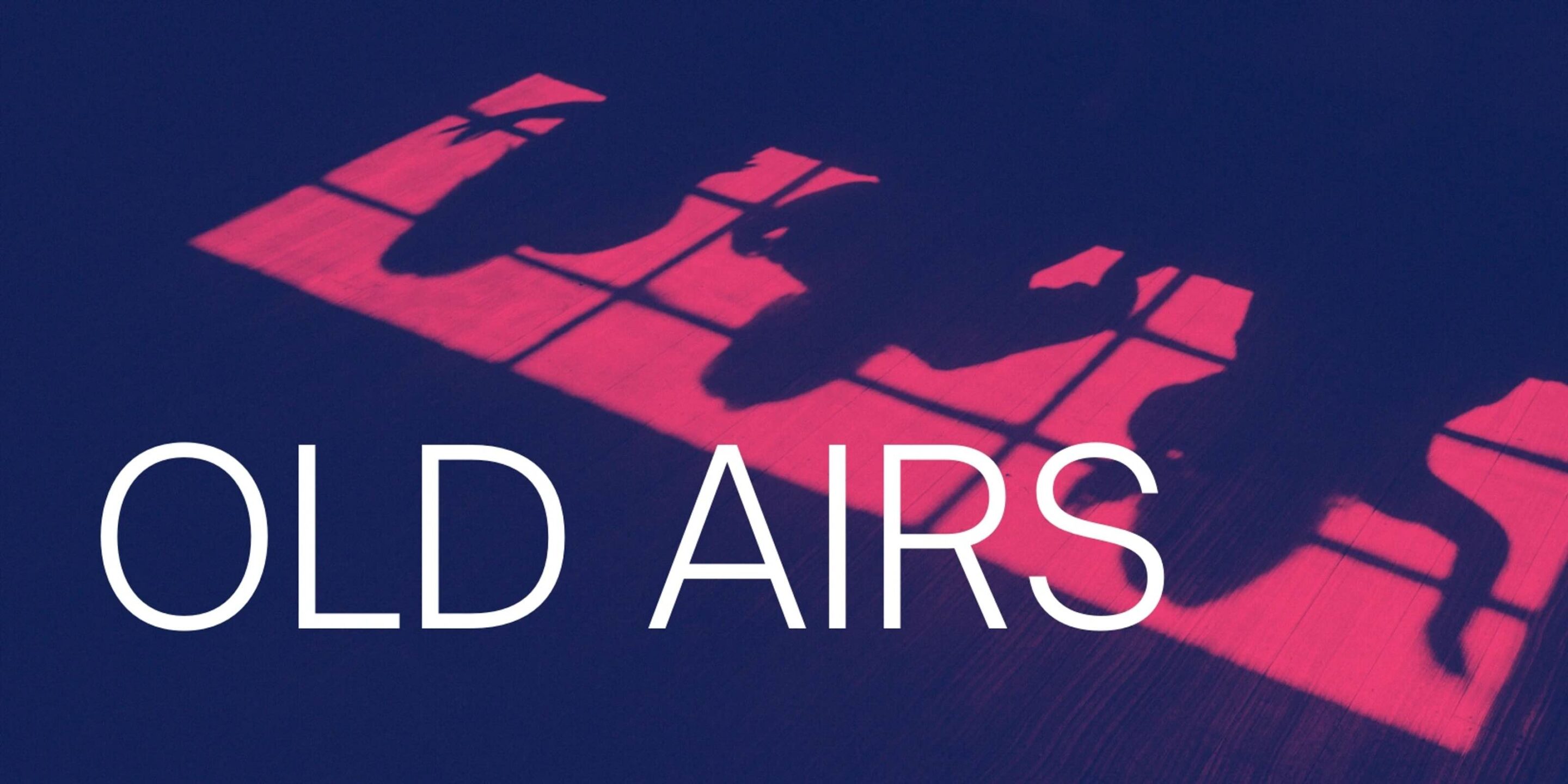
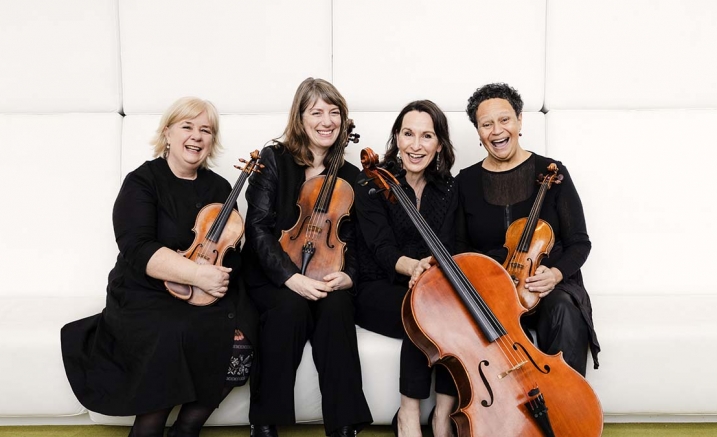


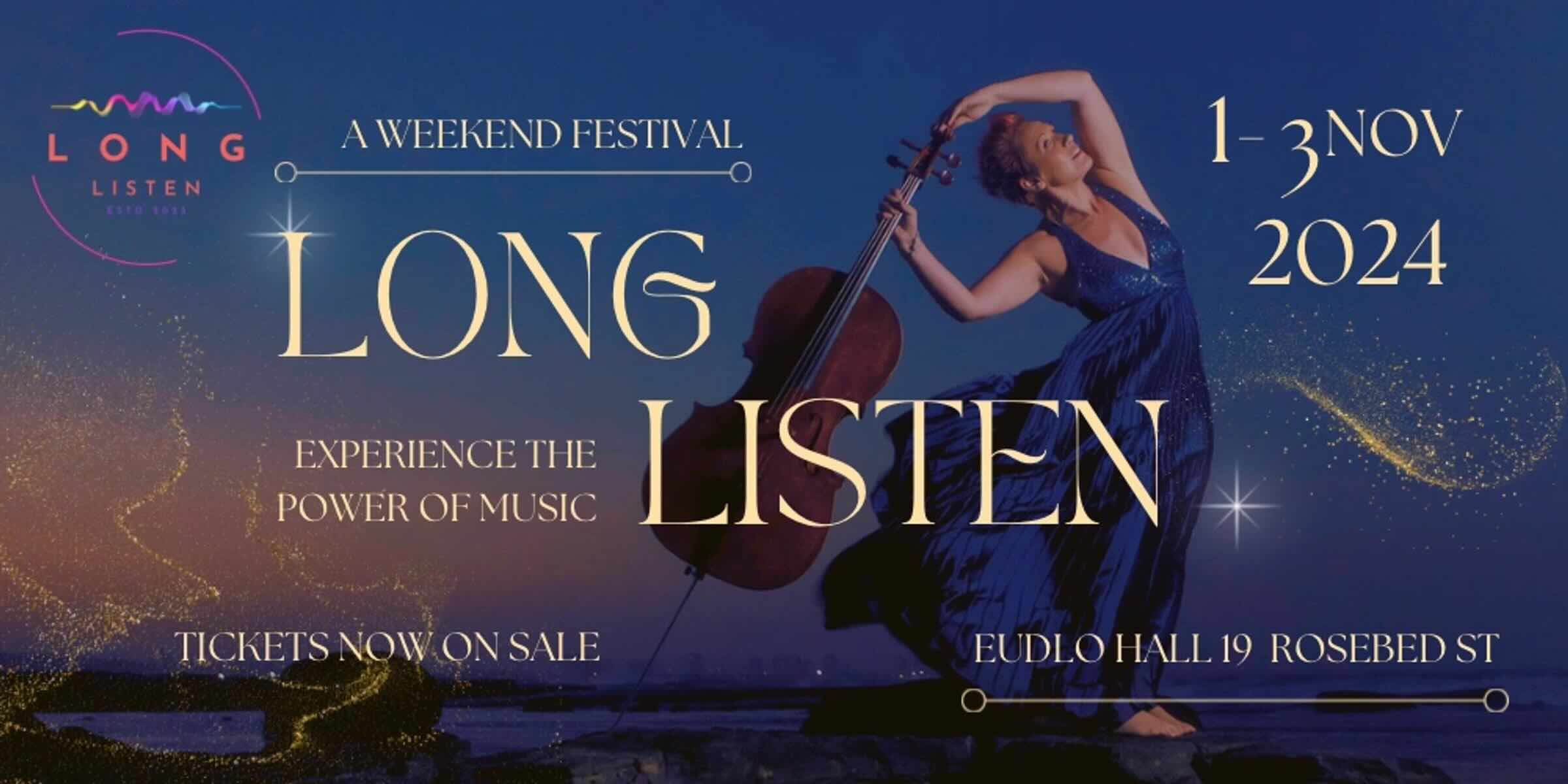
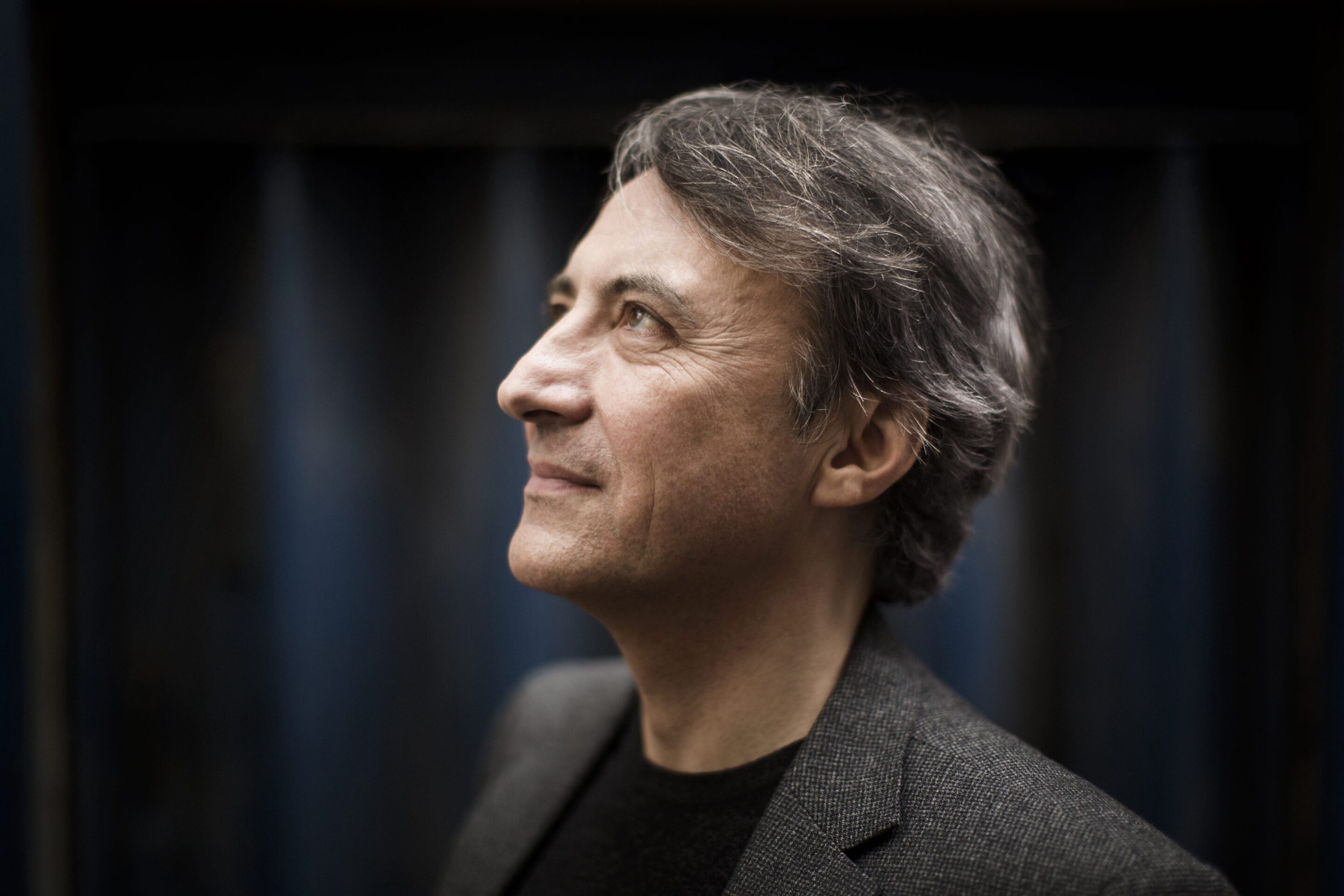

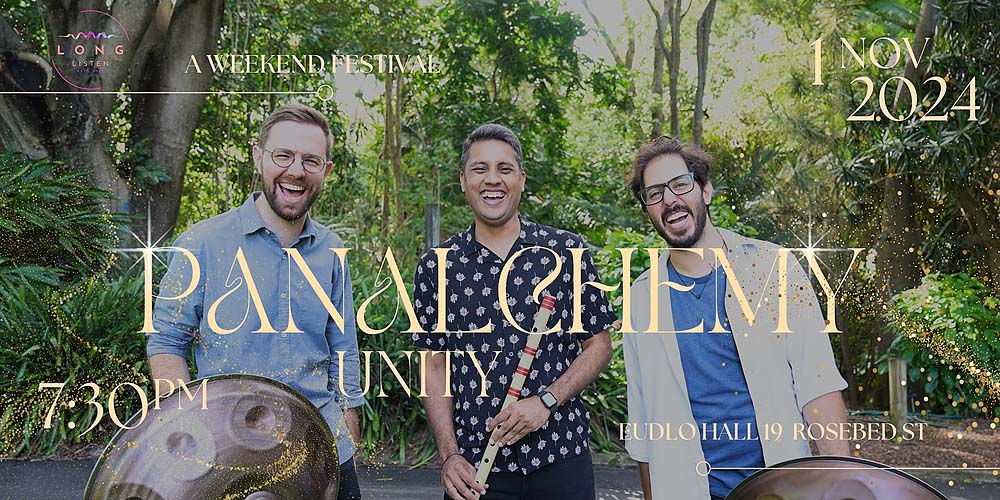

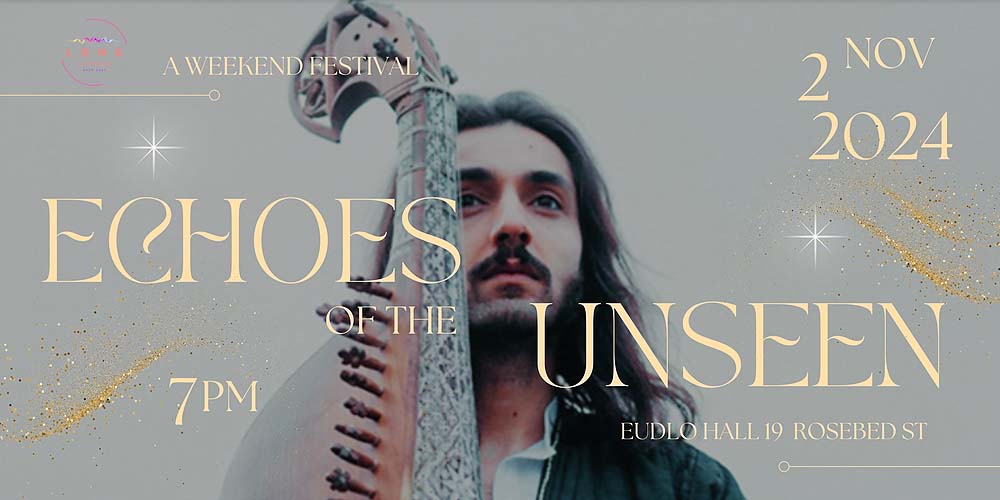
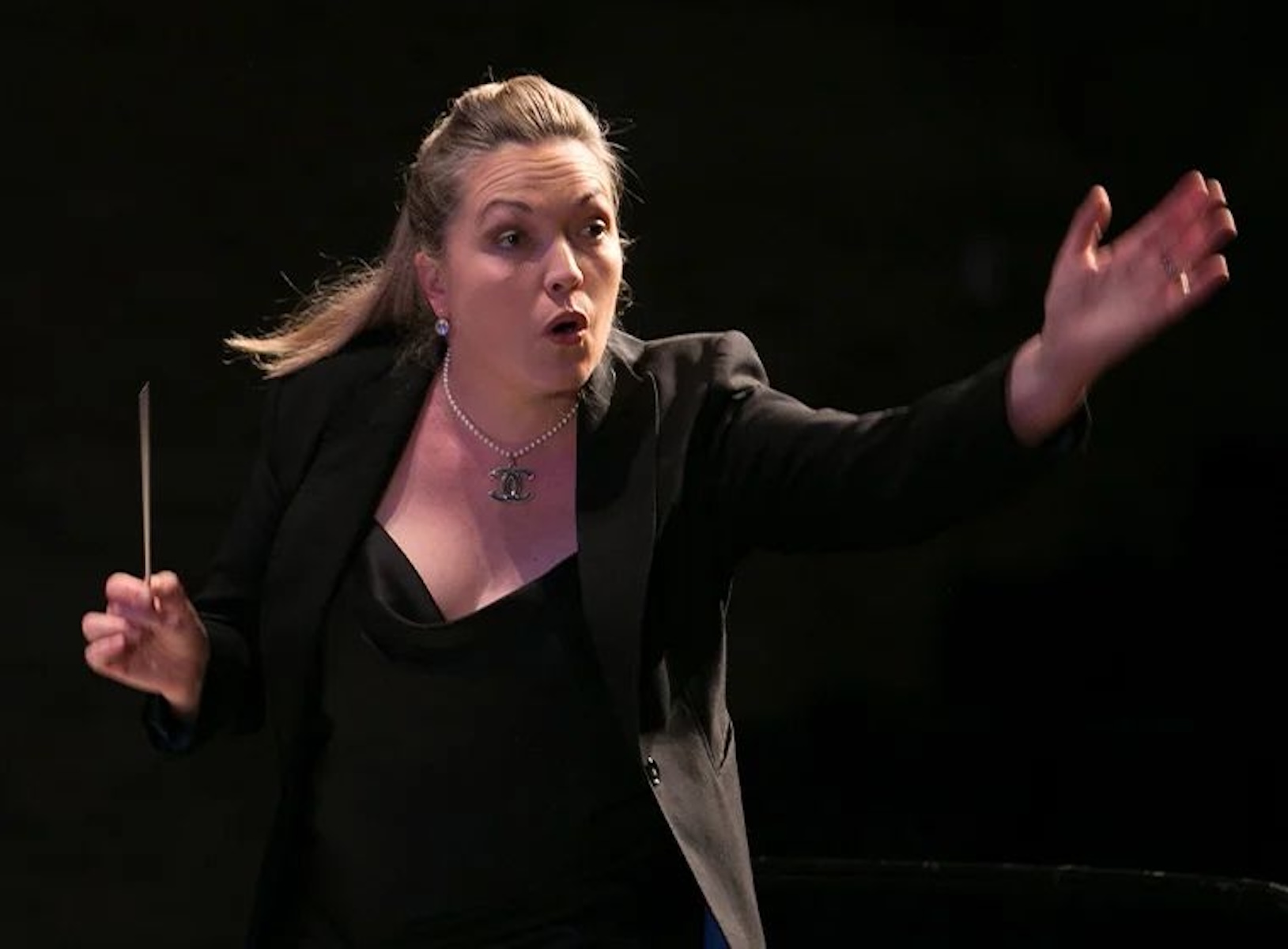
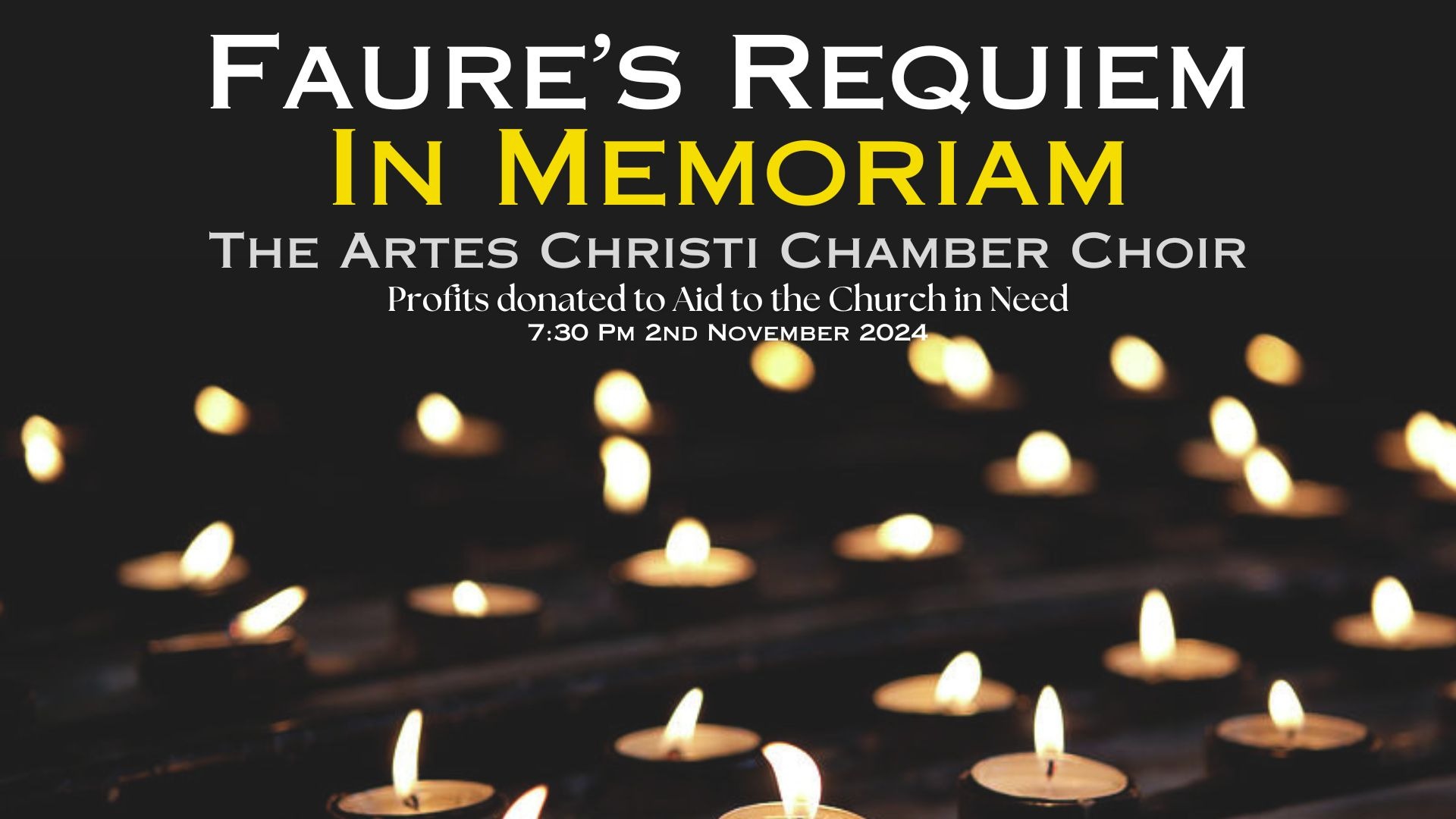
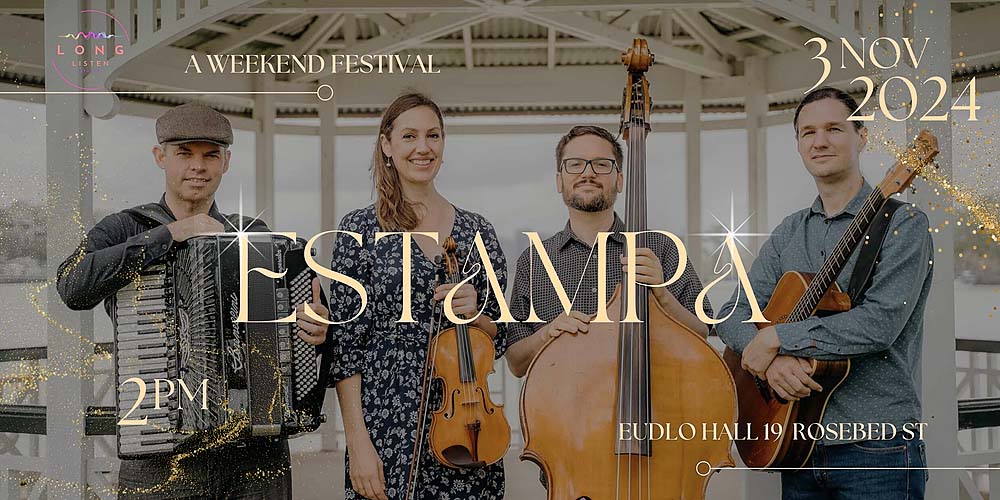

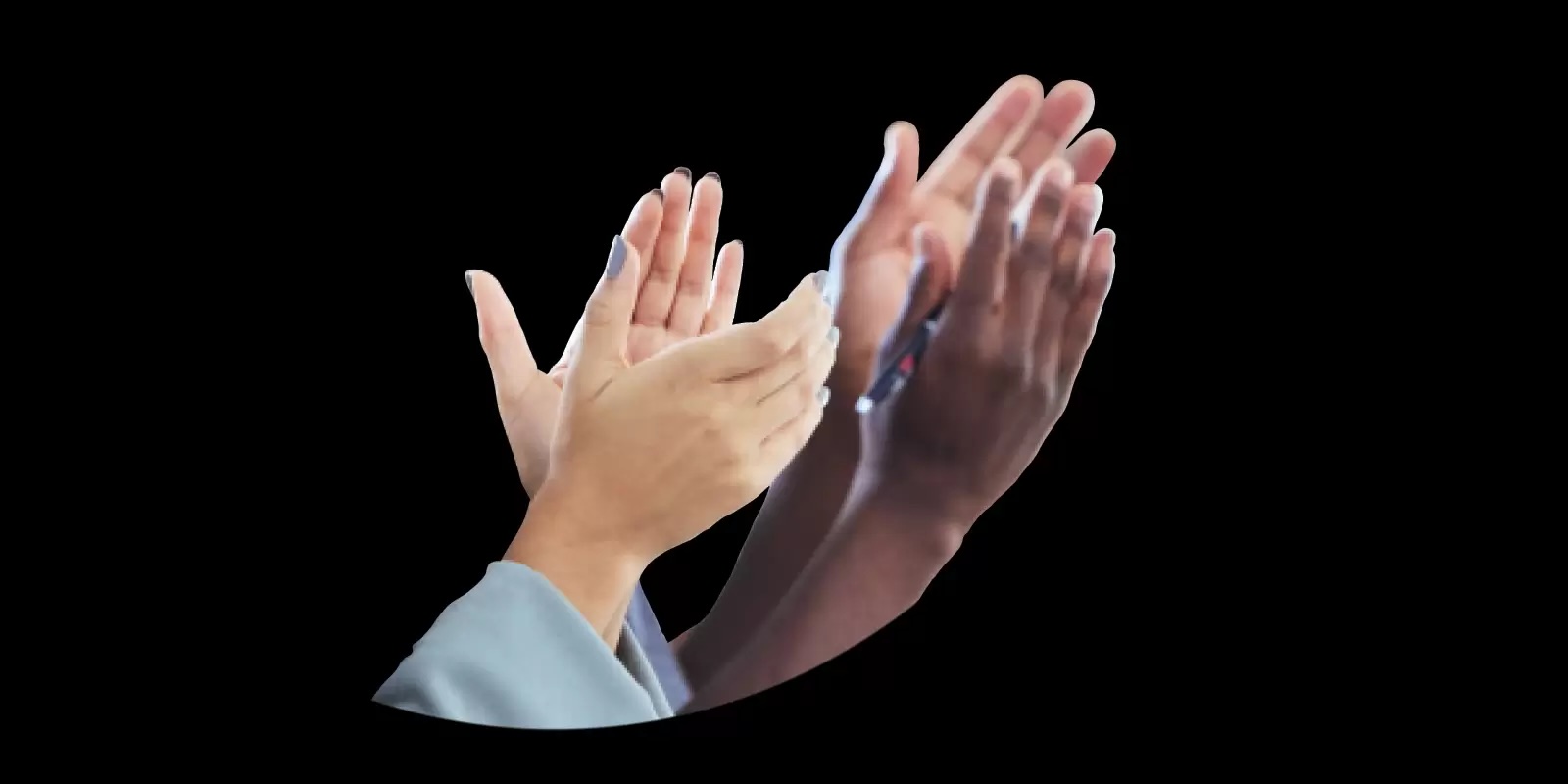



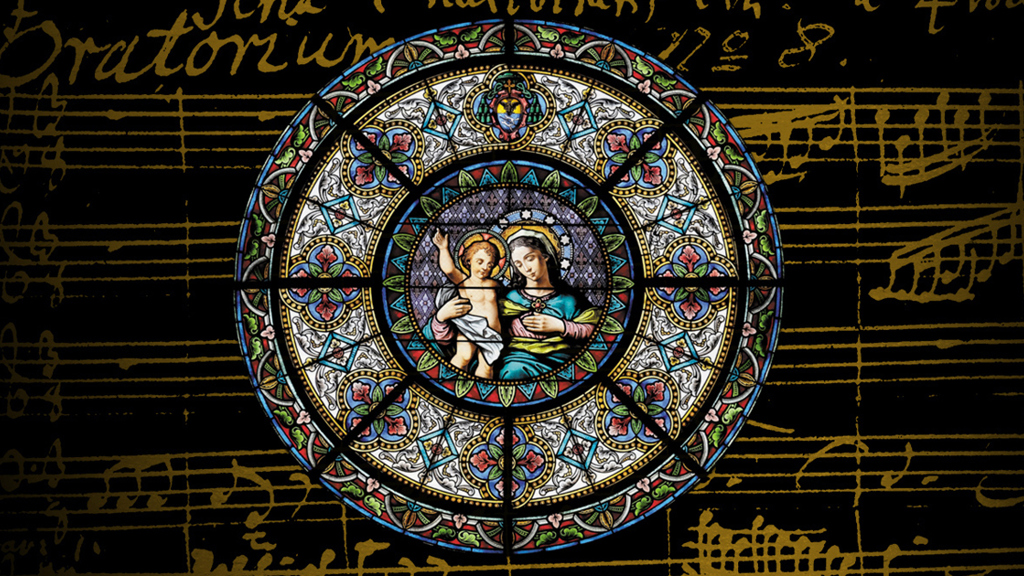
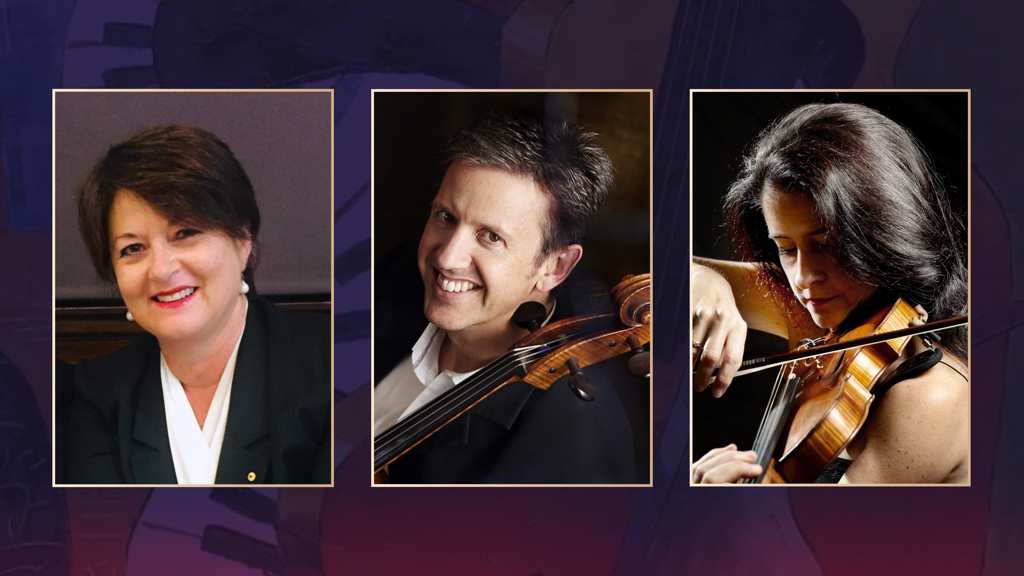

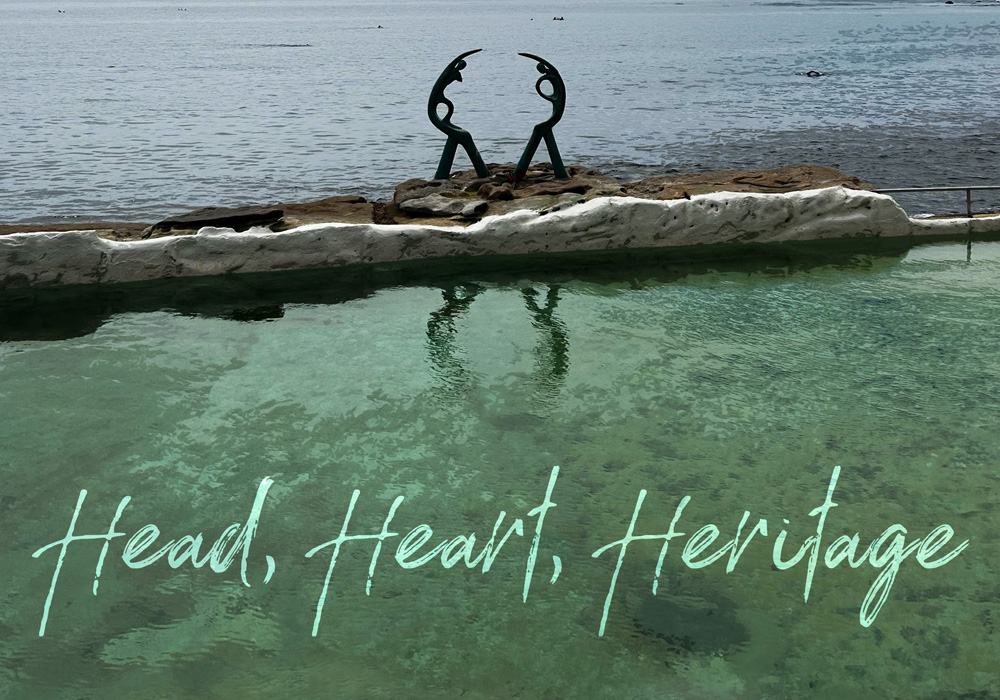
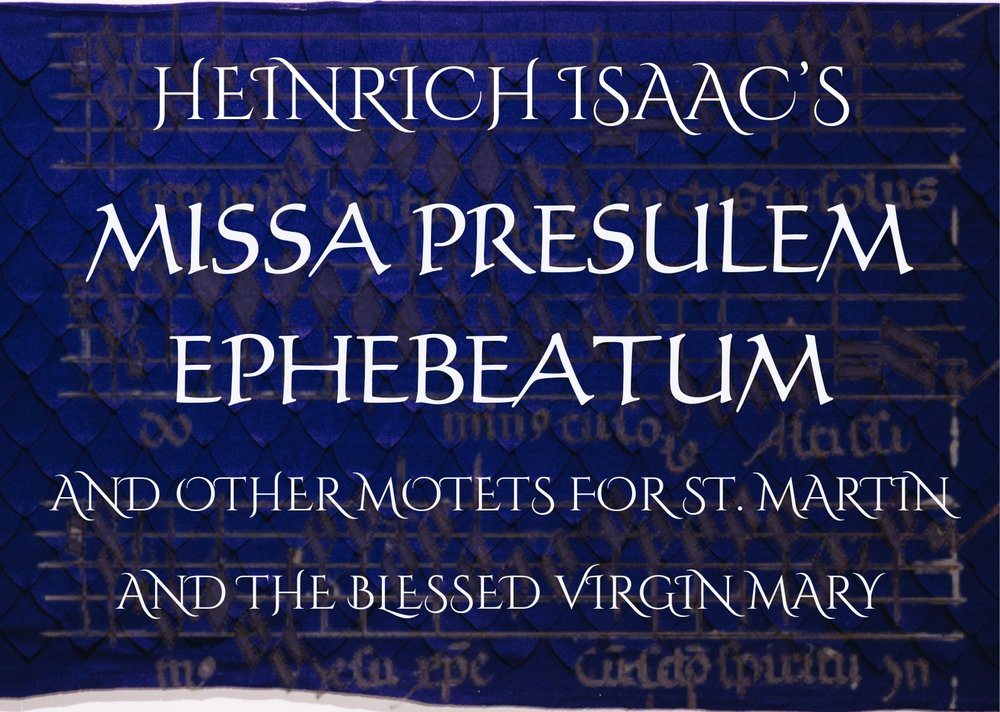

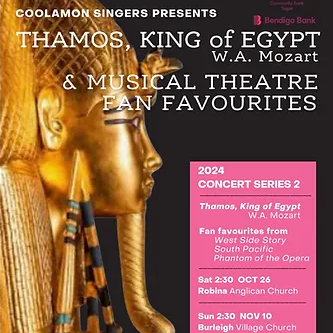
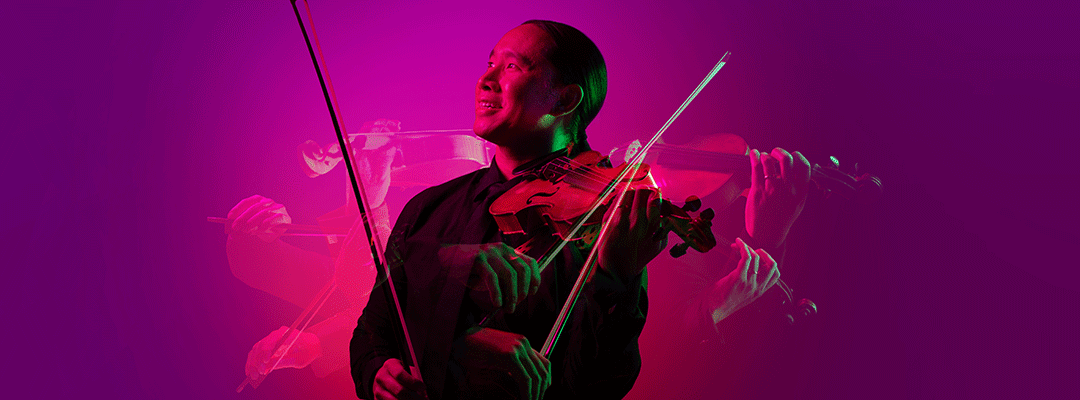


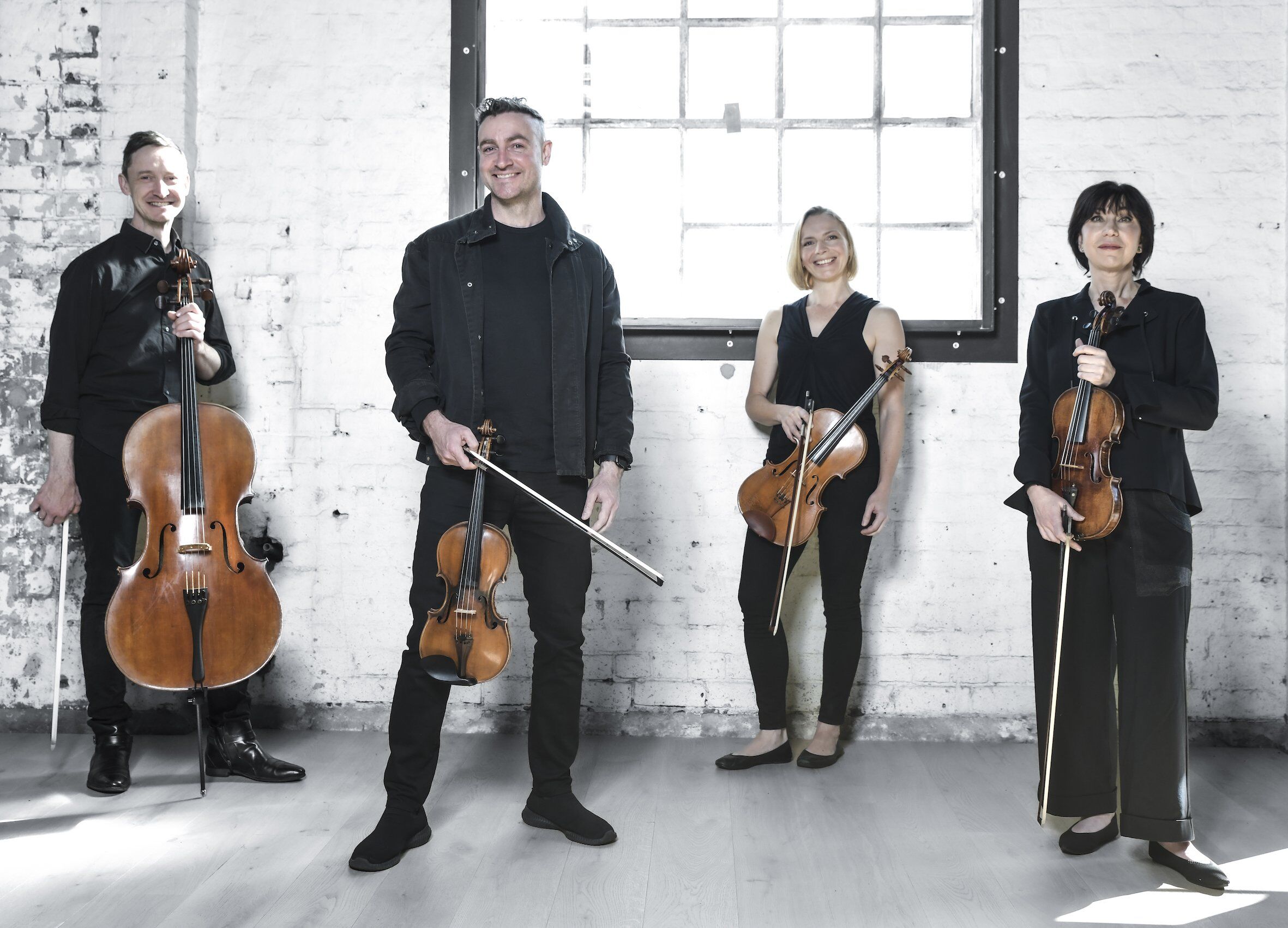

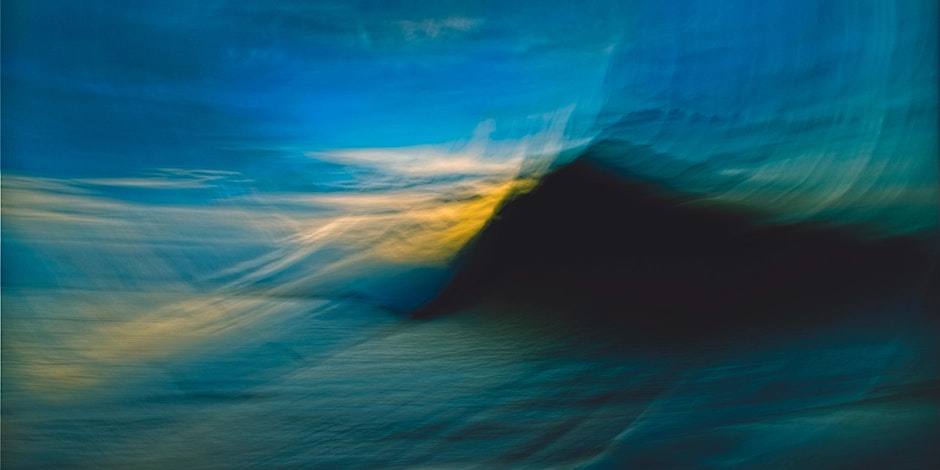

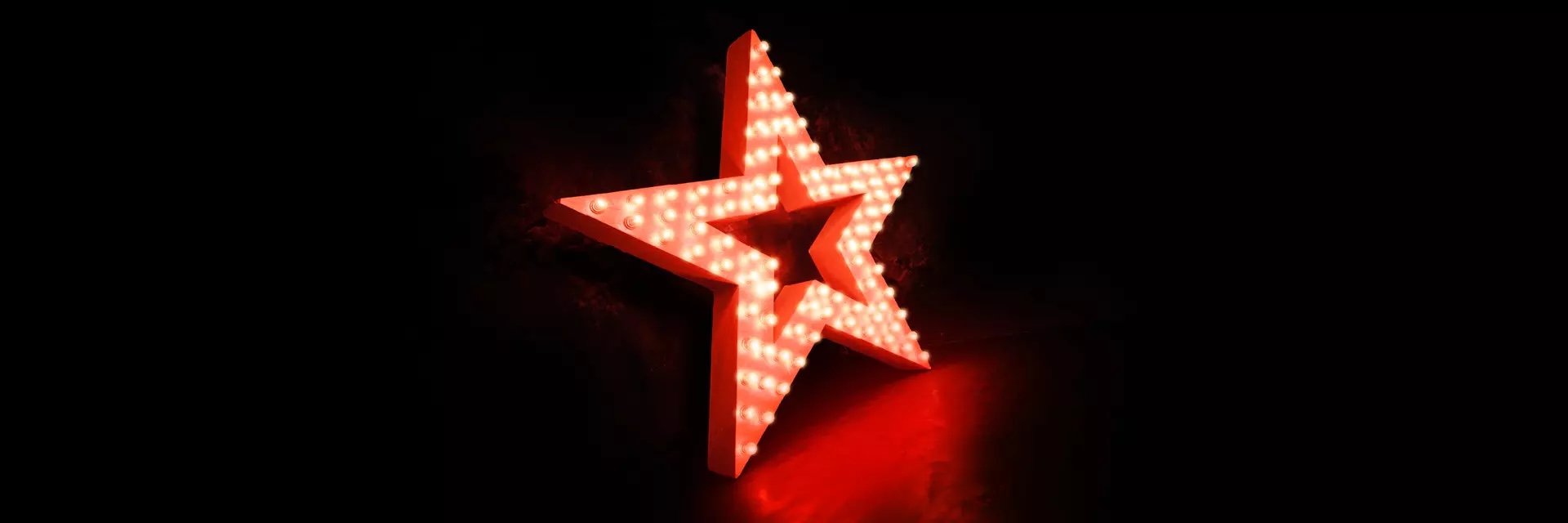

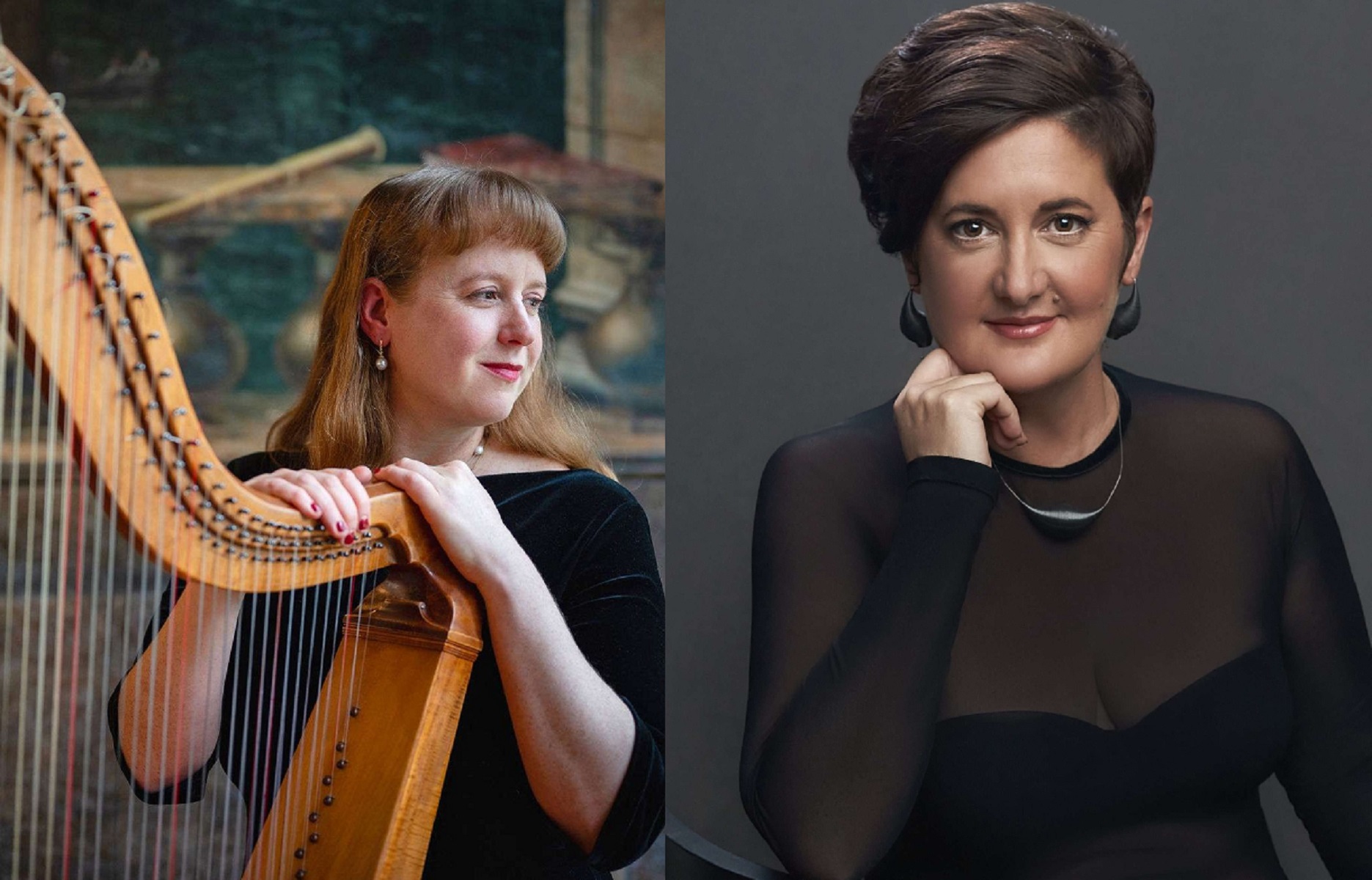
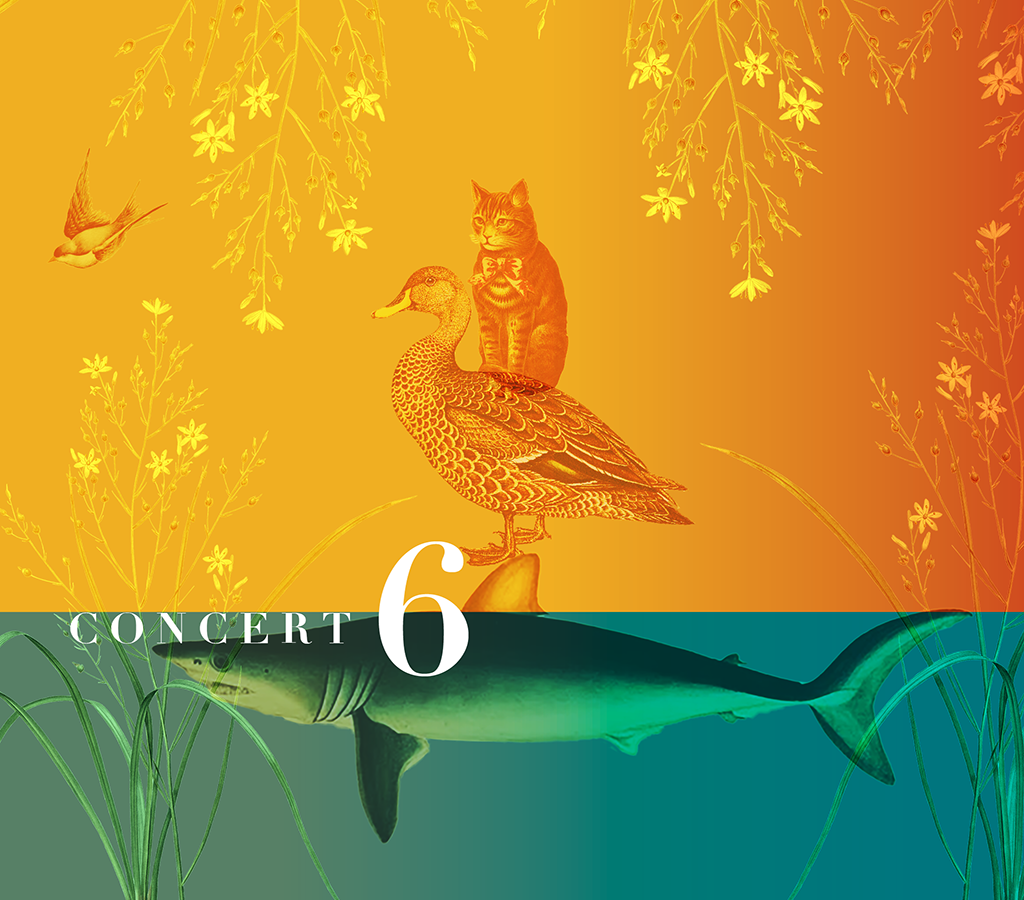

![user222 mrc mostlymozart [splendour of vienna] user222 mrc mostlymozart [splendour of vienna]](https://cdn-classikon.b-cdn.net/wp-content/uploads/2024/02/user222-mrc_mostlymozart_splendour_of_vienna.png)

